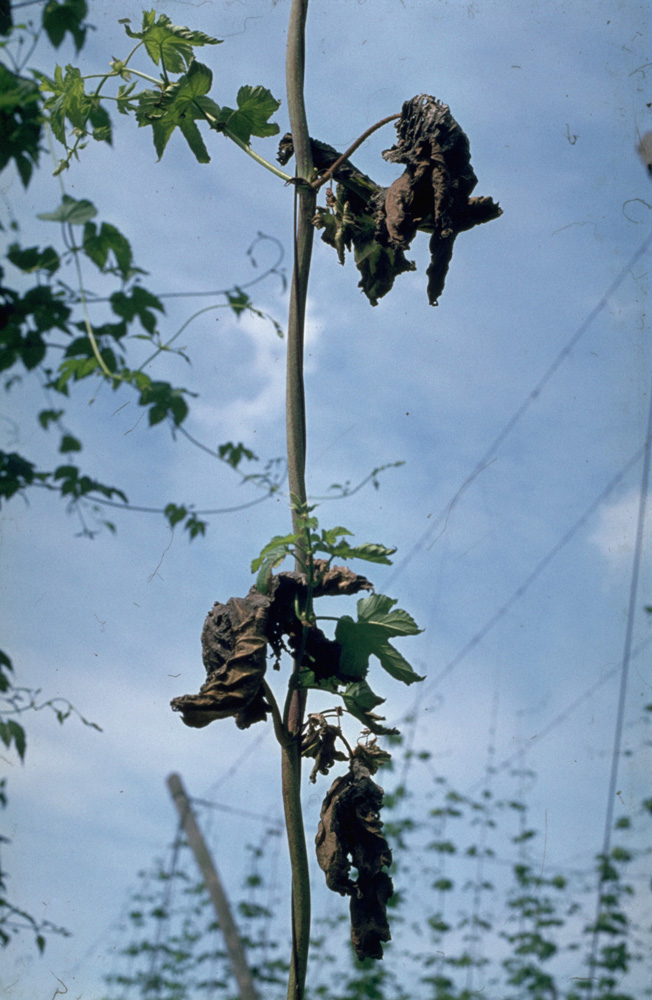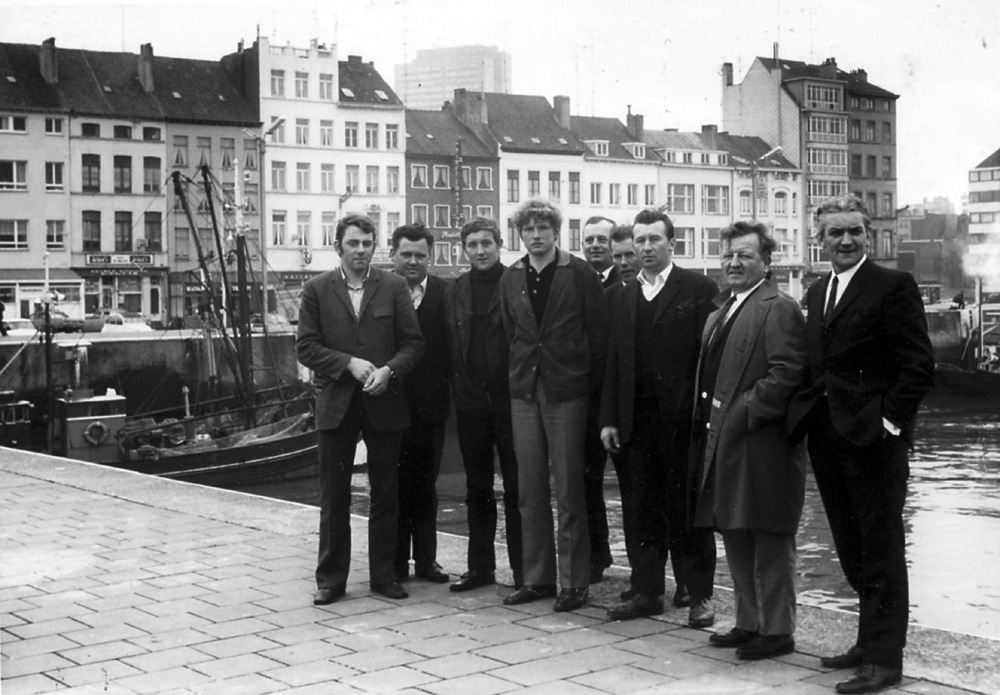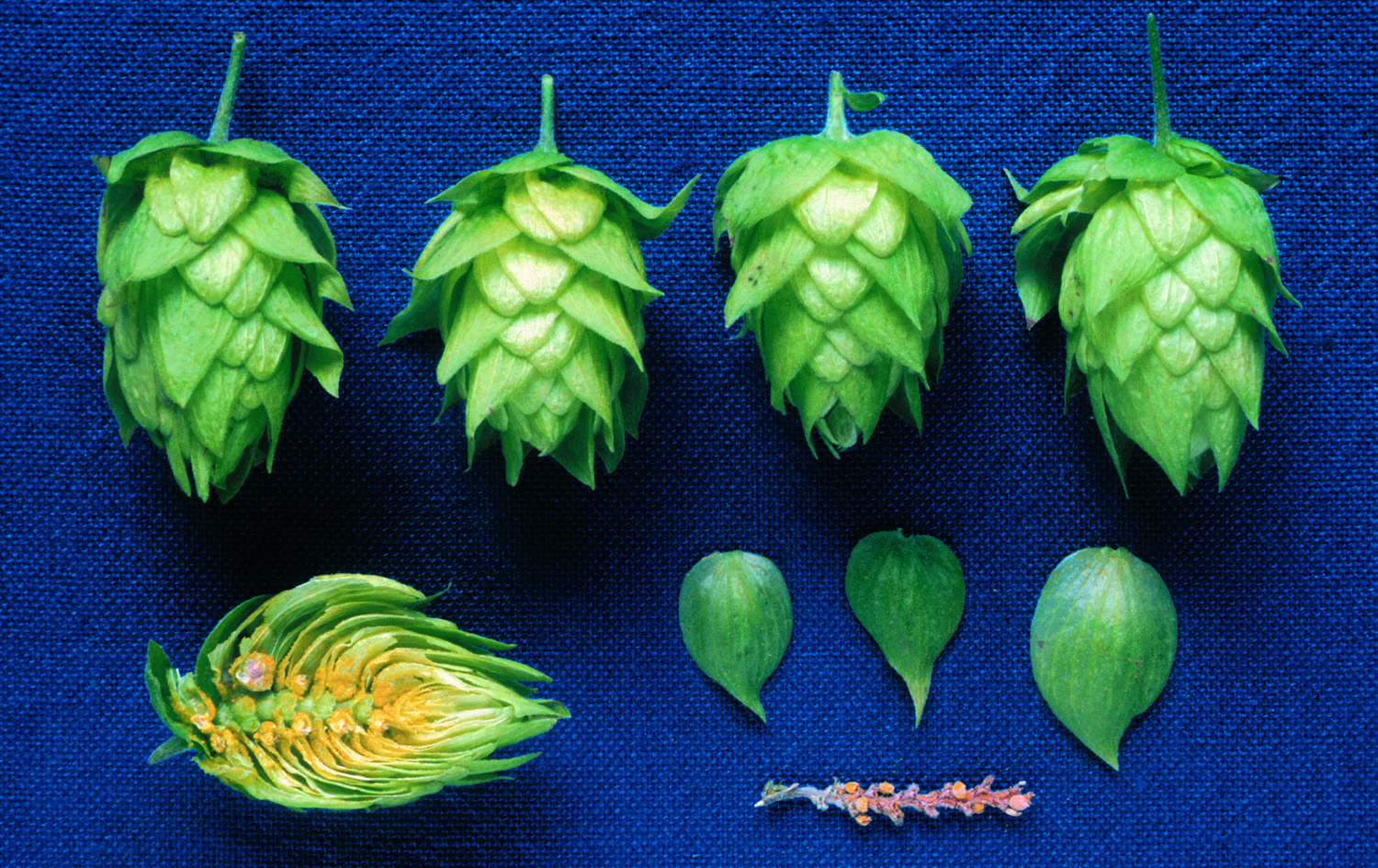“And then he told about the gold”
When Brewers Gold and Northern Brewer revolutionized the world of hops (Part 1)
By Christoph Pinzl
For centuries, a hop variety and a hop region meant practically the same thing, just from different perspectives. The variety represented the region, and the landscape represented the hops that grew there. Hersbrucker Spät, Hallertauer Mittelfrüh, Tettnanger—these were the names of the land varieties. If the variety was in demand, the region prospered. If people had the impression that the local growers were doing everything right, everyone wanted the local hops. In technical jargon, this was called uniform variety cultivation. If a particular hop variety no longer performed well on the market, this meant the death knell for the growing region in the long term. For example, when the Aischgrund region near Nuremberg found it increasingly difficult to sell its Aischgründer Spät variety at the end of the 19th century and therefore switched to Hallertauer Mittelfrüh, it soon meant the end of hop cultivation in the Aischgrund region.

A hop vine affected by wilt, around 1990.
This situation changed after World War II, and relatively abruptly. In Germany’s largest growing region, the Hallertau, farmers were struggling more and more desperately with a hop disease that caused little trouble in other regions: wilt (disease). The old land variety, Hallertauer Mittelfrüh, turned out to be extremely sensitive to the insidious wilt infestation. If the entire Hallertau cultivation area was not to go to the dogs, action had to be taken. A new variety was needed that was not so easily affected by wilt. Its name: Northern Brewer.
Even though the old Bavarian growers soon translated the unfamiliar name as “Nordbrauer”, there was no denying that the variety came from abroad. Its origin was easy to prove: Ernest Stanley Salmon, professor of mycology (fungi science) and plant diseases at Wye College southeast of London, had bred the variety in his laboratories in 1934. According to Salmon, the name was intended to refer to the fact that brewers in northern England tended to prefer the preservative properties of hops. Those in southern England, on the other hand, allegedly placed more value on the appearance of the cones. So the variety did not necessarily have any external advantages. But who cared – it proved to be resistant to wilt.

Professor Ernest Stanley Salmon, breeder of Northern Brewer and Brewers Gold at Wye College in England, around 1938. From: Journal of the Institute of Brewing, 92/1986. Issue S1, p. 62.
Even more widespread than the Germanized name “Nordbrauer” among Hallertau growers was another name that betrayed the delivery routes by which the new hop star had arrived in Bavaria: the Belgian. The Belgian hop-growing center is located around Poperinge in Flanders. Shortly after World War II, people here were desperately searching for a replacement for the old land variety called Buvrinnes: the aging hop was no longer producing good yields, had poor brewing value, and was simply degenerating. The people of Poperinge found a suitable replacement in nearby England, in the hop-growing region of Kent, south of London. They introduced Northern Brewer to their hop cultivation as early as 1947, and by 1955 it was said to be the “currently most popular variety in Belgium.” Annoyed by the Hallertau planters’ distortion of the origin, the people at Wye College complained bitterly to the Hallertau Hop Grower Association about the infringement of copyright. An “apology” in the form of a small note in the Hopfen-Rundschau magazine on this matter did not satisfy anyone, of course.

Hop harvest in Poperinge, around 1950.
It is no longer possible to determine exactly when and how the “Belgian” variety, which was actually an “English” variety, arrived in the Hallertau region. However, the trail leads quite clearly to Wolnzach. In 1957, Karl Wallner, an agricultural machinery dealer from Wolnzach, took over the German general agency for the hop-picking machine manufacturer Allaeys – Made in Poperinge. Since then, the Allaeys brothers have not only sent picking machines to the German hop-growing regions, but also fitters. On the other hand, the Belgians hired specialists such as trellis builders from Wolnzach to set up their hop trellises in Poperinge. They got to know each other, became friends, and eventually other people also traveled back and forth. Finally, in 1973, the Wolnzach-Poperinge connection led to an official community partnership, which is still maintained today.
It is quite certain that this is how news of the wilt-resistant Nordbrauer variety reached the Hallertau region in the late 1950s. Soon, the first rhizomes arrived. It was first spotted in a Hallertau hop garden in 1958. The first harvest at the large Barthhof near Wolnzach in 1959 will have served as a model, as is always the case with innovations in hop growing.

Willi Reischl (2nd from left) and his Wolnzach hop trellis builders on an assembly trip to Poperinge. Here on an excursion to Ostend on the North Sea, 1969. In the background, the Belgian client.
And because it had worked so well, the Hallertauers finally discovered another, even more exciting variety in distant Flanders. Significantly, its name was soon whispered only in its short form as “Gold”: Brewers Gold. This too was a product of Ernest Stanley Salmon’s breeding laboratory at Wye College. Created in 1919, the variety was the result of a cross between an English father variety and a Canadian wild hop. Wildly romantic myths surrounded this offspring: in southern Manitoba, near the border with the USA, it once thrived on the banks of a rushing stream that wound its way through a place with the eerily beautiful name of Morden. Just like in The Lord of the Rings.
Perhaps the key to Brewers Gold’s success lay in its wild origins. Just a few years later, it provided the male parent for Northern Brewer. Decades later, most of the high-alpha varieties worldwide were descended from it in some way.
(To be continued)
